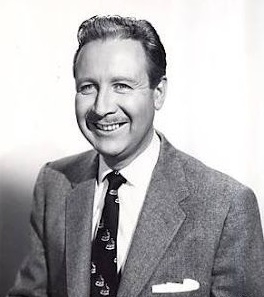Arthur O'Connell
A photo of Arthur O'Connell
Date & Place:
Not specified or unknown.


 Amanda S. Stevenson
Amanda S. Stevenson 

